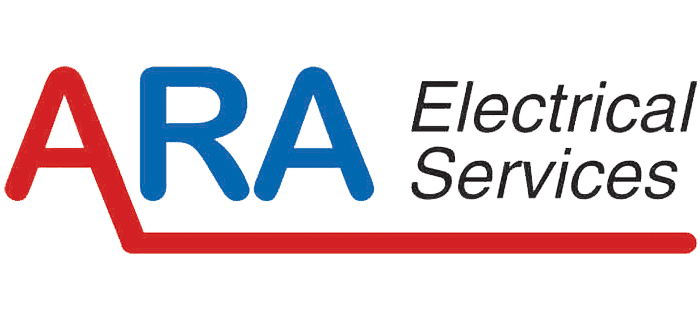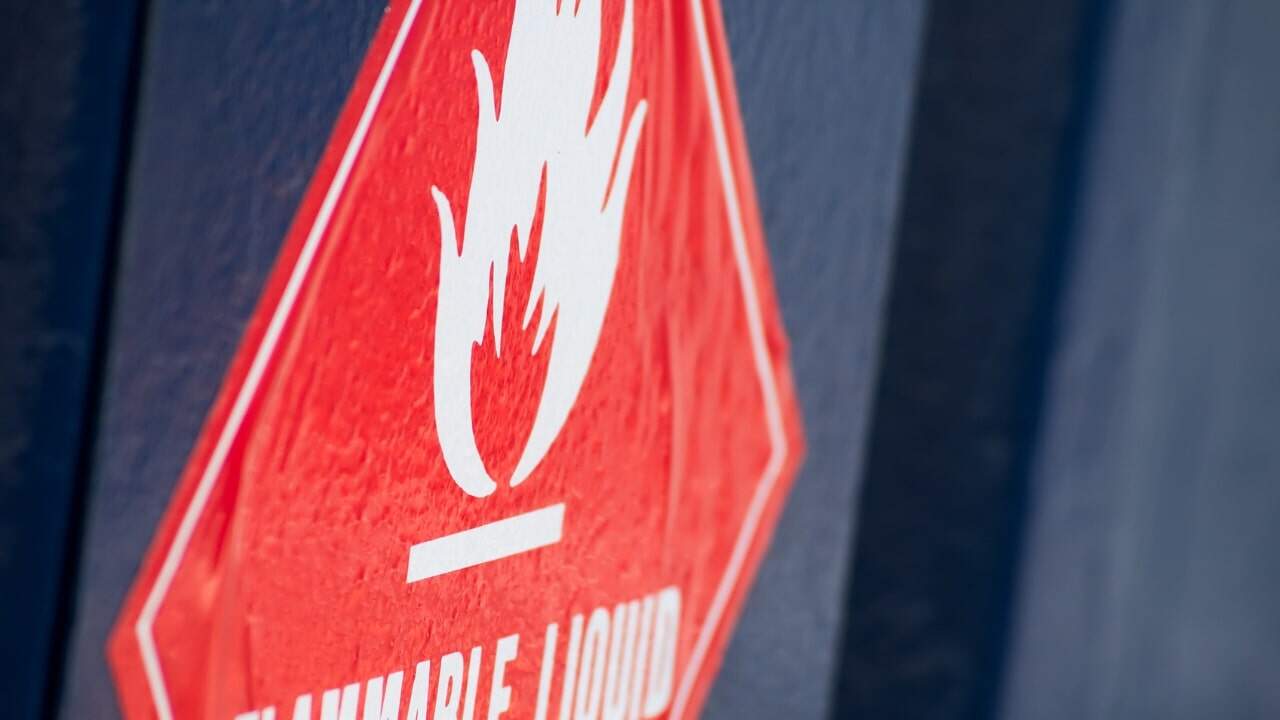Crackdown on Splash Filling: What Businesses Need to Know
WorkSafe Victoria has sharpened its focus on hazardous area safety, issuing a safety alert in early 2024 after two serious incidents where static electricity ignited flammable vapours during decanting and blending. Tragically, both incidents resulted in fatalities and multiple injuries.
The message from regulators is clear: practices such as splash filling of ethanol and other flammable liquids are no longer acceptable, and businesses that fail to control static risks are likely to face Prohibition Improvement Notices (PINs), ongoing inspections, and costly downtime.
Why Splash Filling is a Risk
Splash filling happens when liquids like ethanol are poured directly into containers or tanks. As the liquid falls, it can create a build-up of static electricity. In an environment where vapours are present, that static discharge may become the ignition source for a fire or explosion.
It’s a problem that has been understood for decades, but enforcement is now tightening. In addition to splash filling, WorkSafe highlights risks from:
- Mobile phones and portable electrical equipment in hazardous areas
- Unbonded or unearthed tanks, pumps, and containers
- Use of non-conductive hoses or fittings
- Poor ventilation and spill management
What the WorkSafe Alert Recommends
To reduce risk, the Safety Alert emphasises several key actions:
- Eliminate splash filling – Use bottom-entry or long-reach pipes instead of pouring.
- Bonding and earthing – Ensure all equipment and vessels are earthed to safely dissipate static charges.
- Use compliant equipment – Intrinsically safe pumps, conductive hoses, and certified fittings.
- Training and awareness – Workers should be trained in safe handling and follow chemical Safety Data Sheets (SDS).
- Anti-static additives – For low-conductivity solvents like toluene or xylene, additives may be required.
- Good housekeeping – Keep containers closed, manage spills promptly, and ensure areas are well ventilated.
These aren’t just best practice—they’re fast becoming minimum expectations in the eyes of WorkSafe inspectors.
The Compliance Challenge
For many facilities handling flammable liquids, this crackdown means reassessing hazardous area controls and, in many cases, undertaking remedial electrical and bonding work. WorkSafe inspectors are issuing non-conformance registers and PINs more frequently, and we are seeing more businesses needing urgent corrective action to get back online safely.
How ARA Electrical Services Supports Compliance
At ARA Electrical Services, we work across Melbourne’s industrial and manufacturing sites to help businesses achieve and maintain compliance with hazardous area regulations. Our services include:
- Hazardous Area Classifications (HACs) – site mapping and documentation to AS/NZS 60079 standards.
- Non-conformance identification and registers – finding issues before regulators do.
- Remedial work – including earth bonding upgrades, static control solutions, and electrical compliance.
- Support during WorkSafe inspections – clearing PIN notices and ensuring ongoing compliance.
Because we provide both consulting and practical remedial work, businesses don’t just get advice—they get workable solutions implemented quickly and to standard.
Why This Matters
The recent tragedies are a stark reminder of the risks that come with handling flammable liquids. But beyond the safety concerns, the financial and reputational impacts of non-compliance can be severe: downtime, penalties, lost contracts, and ongoing regulatory scrutiny.
By addressing these issues proactively, businesses can protect their workers, safeguard operations, and reduce the likelihood of costly enforcement action.
Moving Forward
The crackdown on splash filling is just one example of WorkSafe’s increased attention on hazardous areas. Now is the time for businesses to review their systems, ensure correct bonding and earthing, and verify that equipment and practices meet the required standards.
If your operation involves ethanol, solvents, or other flammable liquids, a compliance review is strongly recommended.


